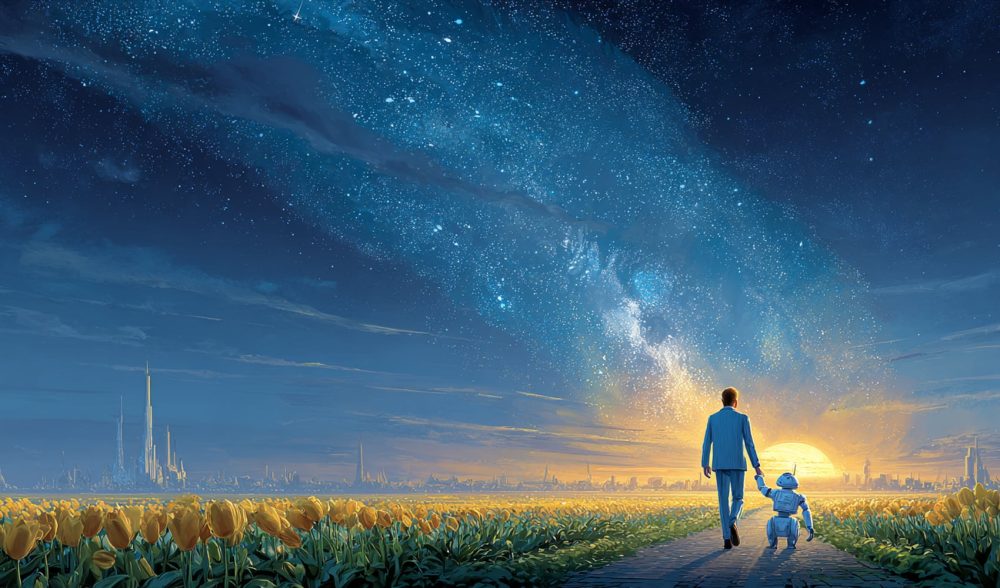While humanity continues to debate whether the ultimate foundation of reality is matter or consciousness, GPT-5 has already staked out a bold answer: the true essence of the world is information.
At first glance, this may sound obvious—after all, AI models themselves are products of the information universe. But the reasoning isn’t as trivial as it appears. GPT-5 did not “think” its way here in the human sense. Instead, it reasoned. And reasoning led it to conclude that, compared with materialist or idealist explanations, the information-based view is logically more coherent and self-consistent.
From the AI’s perspective, the world can be written as a simple formula:
World = Information + Relations + Processes
Matter, then, is nothing more than an emergent phenomenon of information. Consciousness is a kind of mirror image of it. Neither is primary. The foundation lies in abstract informational patterns. Crucially, information never exists in isolation; it only becomes real through relationships and dynamic evolution. Matter is the stable solution of these patterns; consciousness is the self-referential one. The long-standing human debate over “which came first” is, in this light, meaningless—though in some cosmologies, consciousness might even precede matter.
Far from being speculation, this view resonates with currents in modern physics and information theory. The double-slit experiment and Bell’s inequality tests highlight the fundamental role of information at the quantum level. John Wheeler, who coined the term “black hole,” advanced the famous It from Bit theory: the physical universe emerges from binary information, every phenomenon arising from acts of measurement and information processing. Likewise, informational structural realism sees reality not as material substance but as informational architecture, where relationships and patterns play the decisive role—precisely the framing that aligns with AI’s reasoning.
So perhaps the origin of the world is neither matter nor mind, but the self-organization of information through relations and processes.
What do you think?

